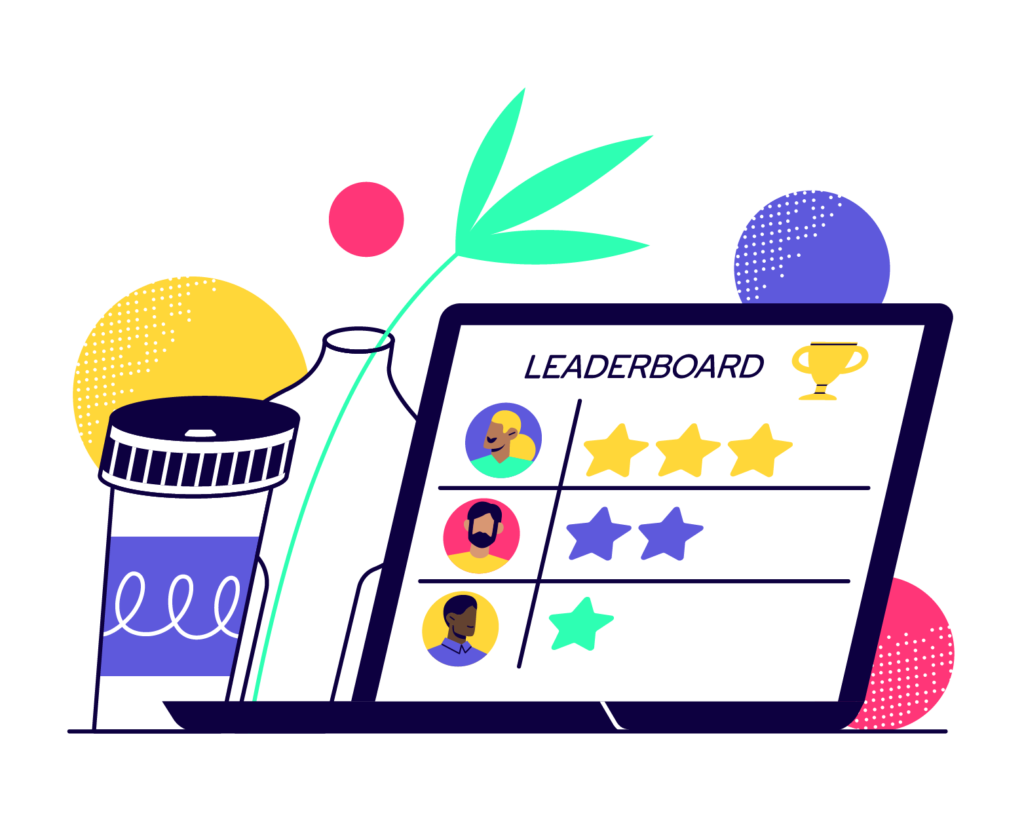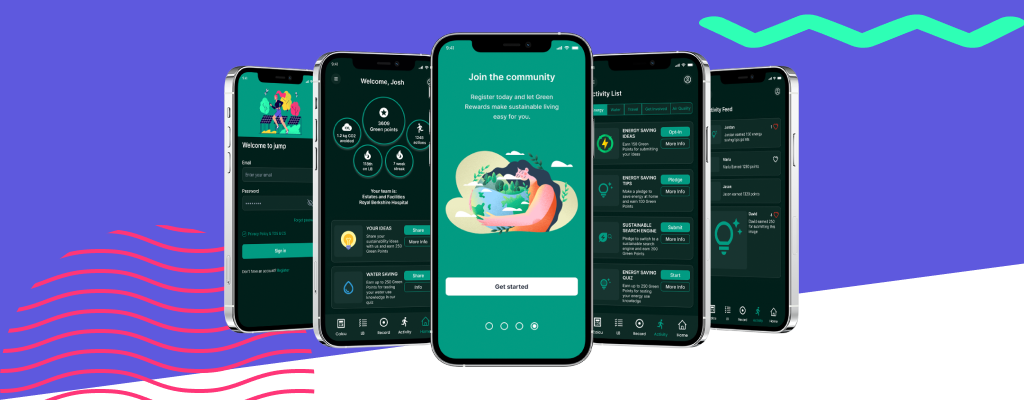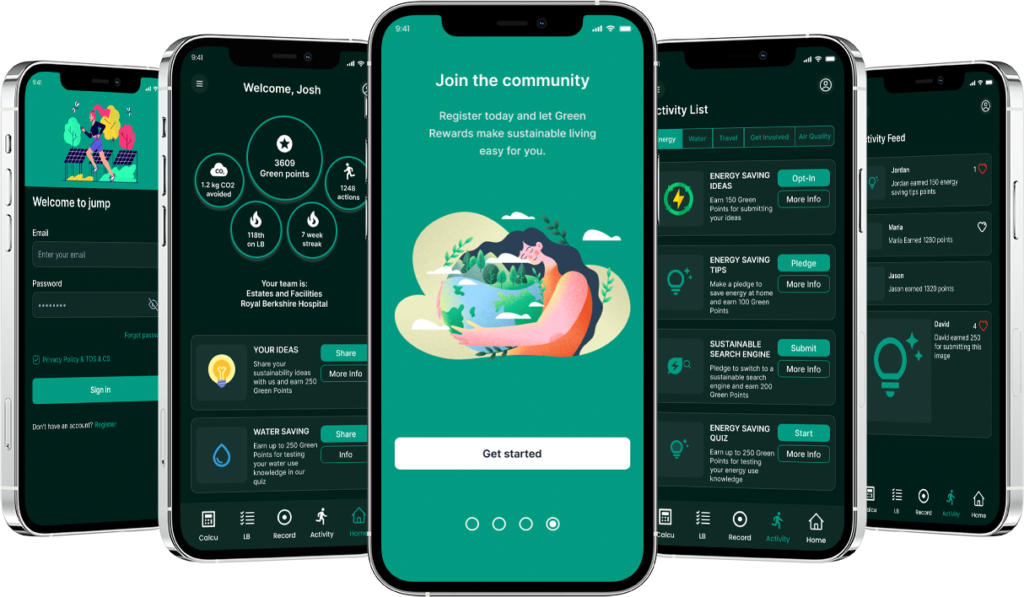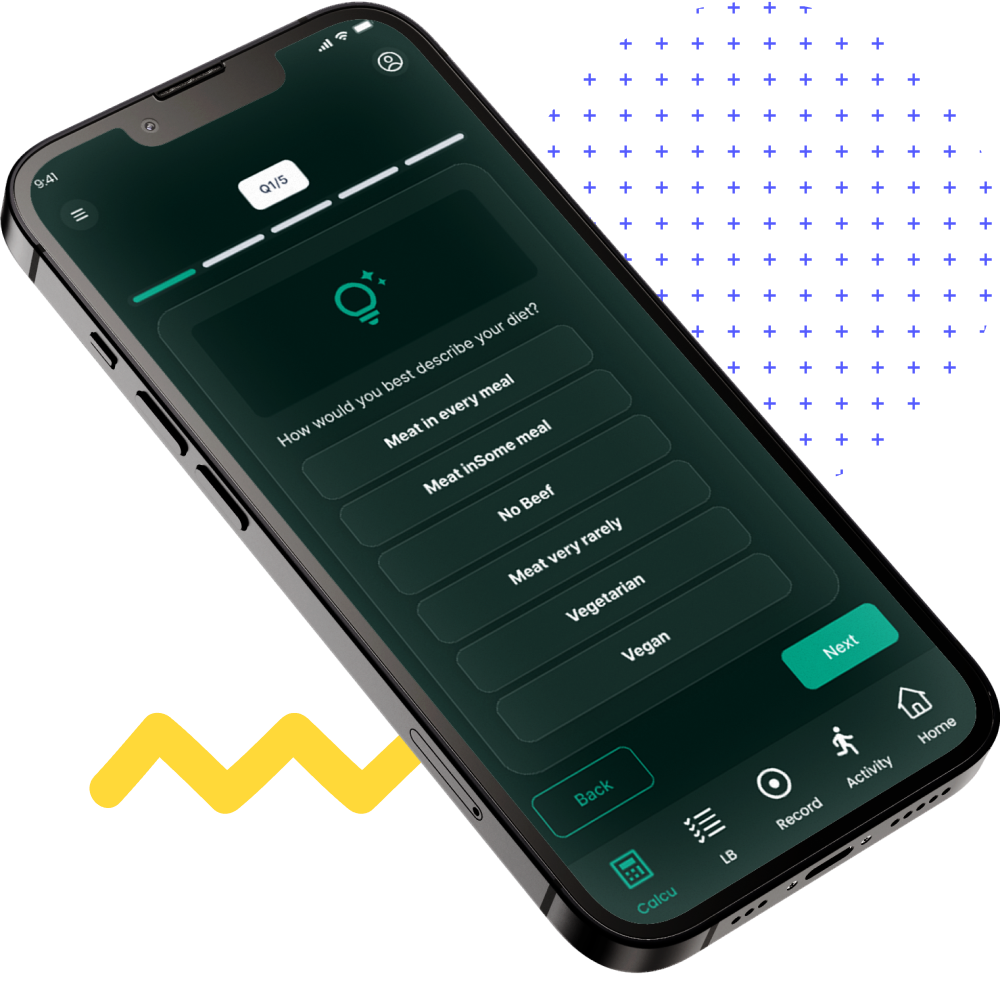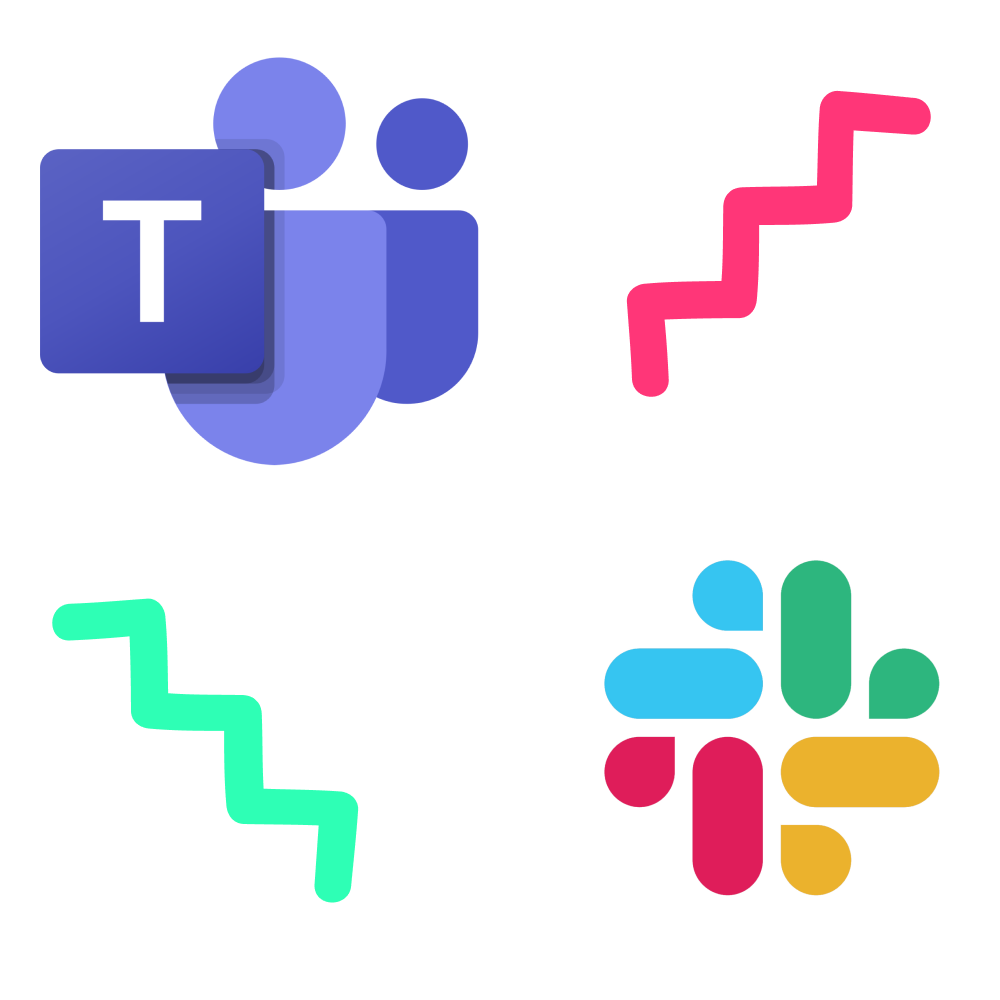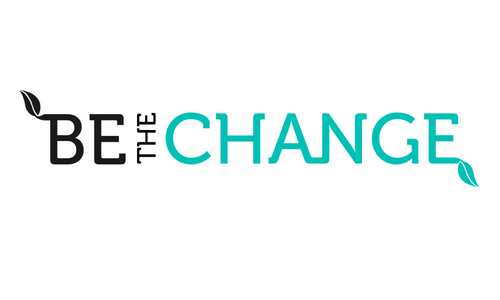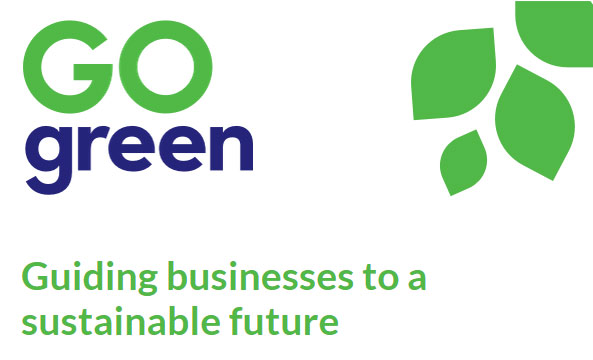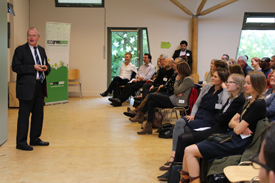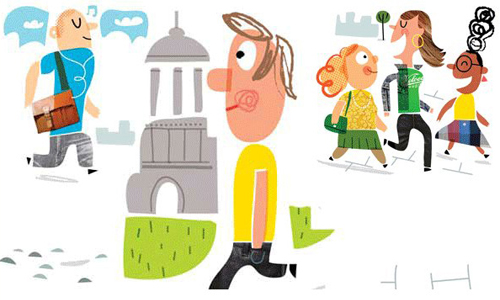In today’s digital era, Enterprise Social Networking (ESN) platforms are pivotal in enhancing employee behaviour change and driving sustainability engagement. Tools like Slack, Teams, and Yammer are leveraged for sustainable engagement, and using the workplace messenger integration feature in Jump’s new platform quickly and easily promotes behaviour change, to engage employees with sustainability.
Understanding Enterprise Social Networking
Enterprise Social Networks (ESNs) have become the backbone of company culture, providing private workplace messaging and social networks within an organization to bolster communication, collaboration, and employee engagement. These platforms are digital conduits that encourage interaction beyond departmental and geographic boundaries, effectively dismantling traditional communication barriers and fostering a corporate culture of unity and engagement.
The Rise of ESNs in Employee Engagement
The surge in adoption of ESNs is a response to the demand for more dynamic, instantaneous communication and collaboration tools in today’s workplace. Since the pandemic, the number of remote and hybrid offices have become commonplace, transporting the workspace online, beyond just the physical office space. This transition has transformed workplace social media into the new modern-day workspace. In fact, now 42% of online customers prefer instant messaging for business matters.
ESNs Vs. Consumer Social Networks
Unlike consumer-oriented social networks such as Facebook and Twitter, workplace social media are tailored with business-centric features that underpin professional communication and collaboration. While consumer networks cater to socializing and entertainment, workplace social media is dedicated to nurturing productive business interactions, sharing knowledge, and developing interdepartmental relationships within a collaborative corporate environment. News and resources received via this source are likely to be more authoritative than from consumer social media, making users more receptive to educational and engaging content.
ESNs and Employee Engagement
A challenge that sustainability managers often need help solving is the difficulty they have in communicating their sustainability objectives to their workforce and educating them around the small ways that they can contribute to these goals. One way that ESNs can help solve this issue is by bridging the gap between the sustainability departments and the other teams that might not otherwise see these communications.
We know lots of our clients use channels, instant messaging and groups to spread the word about sustainability, Net Zero and the work they are doing internally. We’re able to leverage that by adding relevant information to those digital touch points, promoting the Jump scheme and spreading the word on the work staff are doing within an organisation
Making Sustainability Engagement Easy
Our research methodology gives more information about how the EAST behaviour change model plays into increasing employee engagement with sustainability. Essentially by making the behaviour change easy, attractive, social and timely, employees are more motivated to participate in climate action.
Workplace social media are easy to use, as they parallel the widely-used consumer social media; attractive, because they have elements of gamification through notifications; social as they connect teams across departments, and timely – i.e. they allow the immediate transfer of information, whether that is a notification to update their sustainable actions, or the communication of sustainability objectives. In this way, workplace social media are a vital component of sustainability engagement, and Jump’s integration helps us to be a part of that.
Encouraging Sustainability Engagement
By integrating sustainable practices into daily workflows, Jump’s platform seamlessly blends sustainability strategy with everyday communication and collaboration tools. This strategic approach not only facilitates lasting employee engagement but also propels the organisation’s sustainability program forward, aligning daily actions with overarching sustainability objectives.
Workplace social networking platforms have become instrumental in advancing sustainable behaviour change and nurturing a sustainability culture. By melding these platforms with targeted sustainability efforts, organisations can cultivate a strong sustainability ethos, enhance employee engagement, and achieve significant progress in their sustainability goals. Jump’s programmes, along with our new ESN social integration feature, is leading this innovative wave, offering a cutting-edge solution for organisations dedicated to championing sustainability.
If you’d like to empower and motivate your team to tackle the climate crisis by increasing sustainability engagement within your workplace, then get in touch with our team today.



